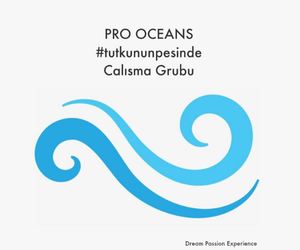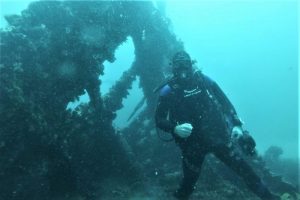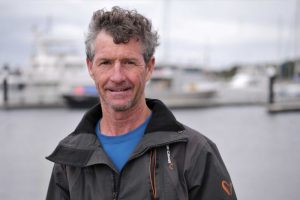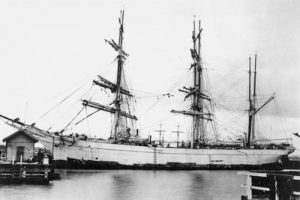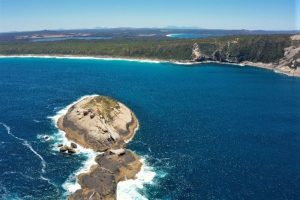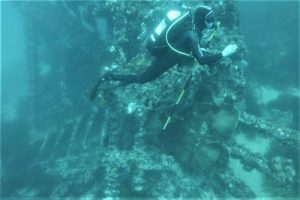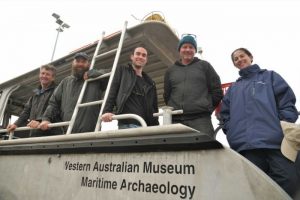An abalone diver has discovered a 112-year-old shipwreck off Western Australia’s south coast.
The former immigrant ship, the Herschel, was scuttled 25 kilometres east of Albany in 1907. Over the years, its whereabouts became a mystery, but now that has changed after a chance discovery by Esperance fisherman Marc Payne. “I was just swimming along the edge of an island looking for abalone, and I looked up and saw a strange object,” Mr Payne said. “I followed the object along and it turned into more pieces of what looked like a ship’s hull.
Transportation for settlers and coal
Built in 1857 in England, the Herschel was one of the early iron sailing ships. Between 1870 and 1880 it brought immigrants to Australia for the Palmer River gold rush in Far North Queensland. It was then sold to a Norwegian company and used to transport coal, before becoming a coal hulk in Albany until it was scuttled in 1907.
Mr Payne contacted Ross Anderson, the curator of the WA Shipwrecks Museum, and was surprised to learn no official records existed of the wreck. “I thought the ship would have been already discovered,” he said. “It was more exciting when I rang up Ross and he said there’s no shipwreck at that location.
A mystery no longer
Dr Anderson brought down a team of experts to Albany last week to confirm suspicions that the wreck was indeed the Herschel. “The shipwreck site itself looks like it’s been through a blender,” he said. “It’s been subjected to a lot of forces and the bow and the stern have broken off. “It was a 50m-long iron ship and it’s now scattered over an area of about 100m. “It’s amazing that there’s still some structure intact, but it’s an early iron ship and they built them pretty strong back then.”
Divers have taken measurements of the ship’s key features and taken underwater photographs to create 3D models of the site. The data provided a valuable insight into WA’s maritime history and in particular the operations of the Albany port at the turn of the last century.
Potential dive site
“Perhaps somewhere else in the world they might have cut it up for scrap iron, but we’ve got this part of Albany’s maritime heritage still lying in the waters,” Dr Anderson said. “We can see what they’ve salvaged from the wreck, what they’ve removed, where they dump it and the decisions that go into that behaviour.” With the Herschel wreck now officially recorded, attention will turn to its potential as a new dive site. “I think this site’s unique because [it’s] a 50m ship that’s broken into lots of pieces, so there’s a lot to look at,” Mr Payne said.
Source: abc.net.au




